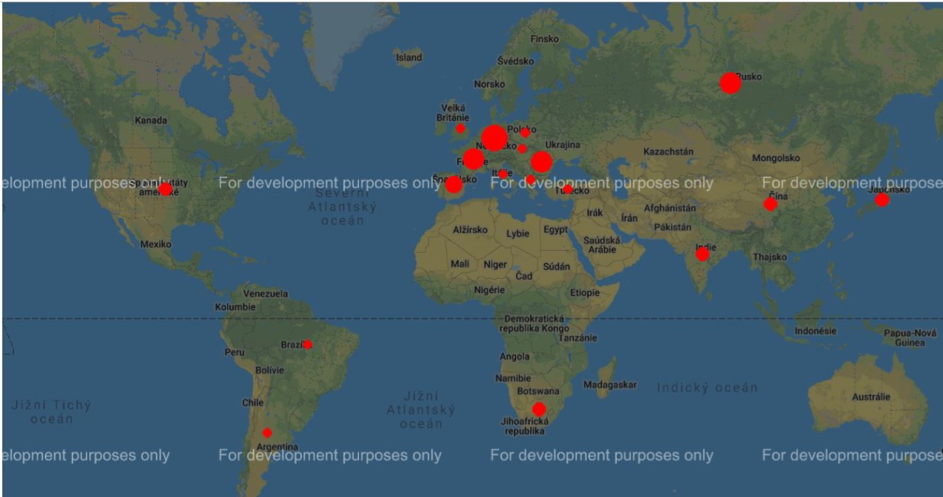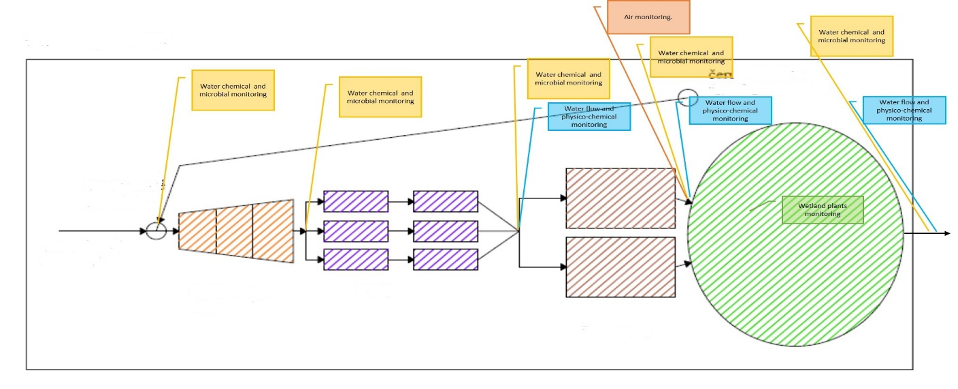Context (environmental problem targeted)
Hexachlorocyclohexane (HCH) isomers (α,β,γ,δ,ε) its impurities and transformation products like chlorobenzenes (CB) are a serious and persistent environmental problem at many sites. α,β &γ HCH are listed under the Stockholm Convention on persistent organic pollutants (POPs). Under EC Regulation No.850/2004, the use of γ-HCH (lindane) was banned from the end of 2007. Past HCH production across Europe has led to some 40 mega-sites with total HCH waste exceeding 250 thousand tons. These sites are in addition to many smaller sites and diffuse contamination problems. LIFEPOPWAT focuses primarily on these megasite facilities as these represent the most intractable ongoing HCH problem.

Many EU projects have considered HCH source zone elimination and associated groundwater bioremediation. Where there have been practical source removal interventions at megasites, these have been excavation and removal to hazardous landfill or off-site treatment. However, these interventions carry major costs that cannot be met for the majority of sites. More commonly, megasites have been dealt with by using containment with impermeable barriers to manage pathways. However, this containment is never perfect and the leakage of HCH and its transformation products and subsequent drainage to surface water features, or groundwater, remains a potential cause of significant harm. As HCH bioaccumulates in freshwater food chains (fish, crustaceans), and can enter biomass of plants and broadleaf trees, the potential for cumulative chronic harm in the long term is high. Treatment of these leakages can be costly using conventional waste water treatment plant (WWTP), in particular for remote locations. Conventional WWTP also has a relatively high associated maintenance and management load, which may also increase risks of process failure / interruption over the decades such a system has to run.
LIFEPOPWAT offers a more robust, low maintenance, and sustainable treatment based that is cheaper than conventional WWTP and can be deployed in remote locations where access to infrastructure may be limited. This is based on integrated reactive zones with wetland as polishing step. We term the technology “Wetland+”.

LIFEPOPWAT will deliver two prototypes, one at large pilot scale, as an exemplar at Hajek (CZ), called “P1” and one as a field pilot Jaworzno (PL), called “P2”. Wetland+ has been developed and designed out at Hajek and LIFEPOPWAT benefits from this initial investment so that a large scale implementation can be relatively quickly rolled out.

In addition, LIFEPOPWAT also creates positive wider sustainability outcomes. The wetland component has benefits for biodiversity enhancements, local climate protection, landscape water storage maintenance and aesthetic functions. Downstream surface water improvement provides better opportunities for amenity and nature. LIFEPOPWAT will also consider use of renewable energy resources, green analytical techniques and citizen science for evaluating wetland functions.






.jpeg)

.jpeg)
.png)


.jpeg)
.png)
.png)
